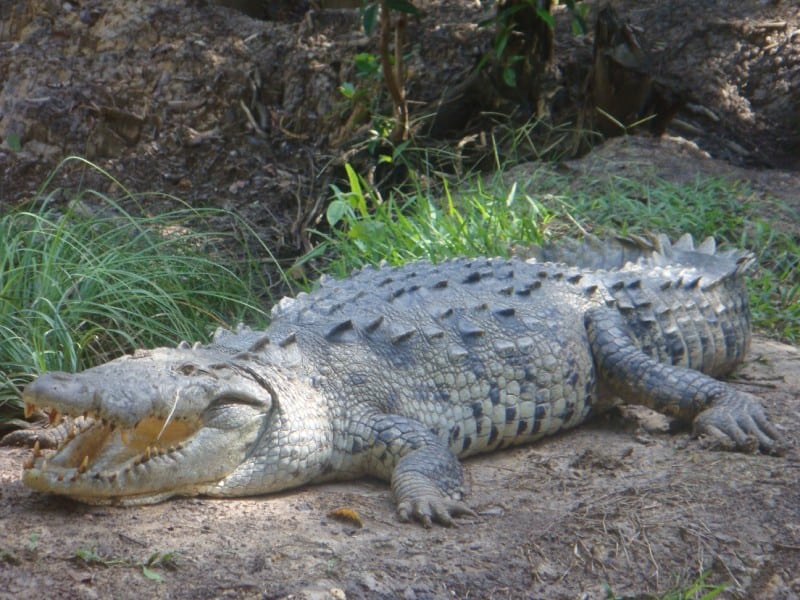 Source: http://bit.ly/2DnZ5p5 Photo: Ken Mayer CCL: http://bit.ly/2xQPH8p
Source: http://bit.ly/2DnZ5p5 Photo: Ken Mayer CCL: http://bit.ly/2xQPH8p
American Crocodile Facts
- Perhaps most notably, the American Crocodile serves as the descriptive common name for a particular species of crocodilian found in the Neotropics. The amazing reptile also goes by the somewhat cumbersome scientific name of the Crocodylus acutus.
- The remarkable creature additionally holds yet annother distinction. That’s due to the fact that it appears to be the most widespread of the four extant species of crocodile from the Americas. That distinguishes it from its many relatives around the world.
- This situation has its unique aspects, however, Within the boundaries of its greatest area of concentration, the distribution of the American Crocodile remains extremely limited. This range includes only Puerto Rico and the southern half of Florida.
- This animal is extremely powerful and highly dangerous if provoked. Currently though, it only has an estimated population of 2,000 individuals. For the moment, therefore the IUCN lists it as Vulnerable on its Red List of Threatened Species.
Related Articles
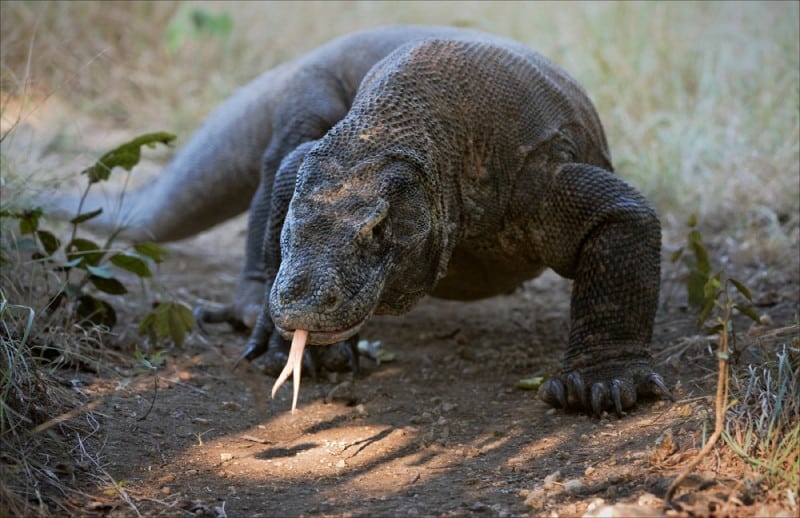
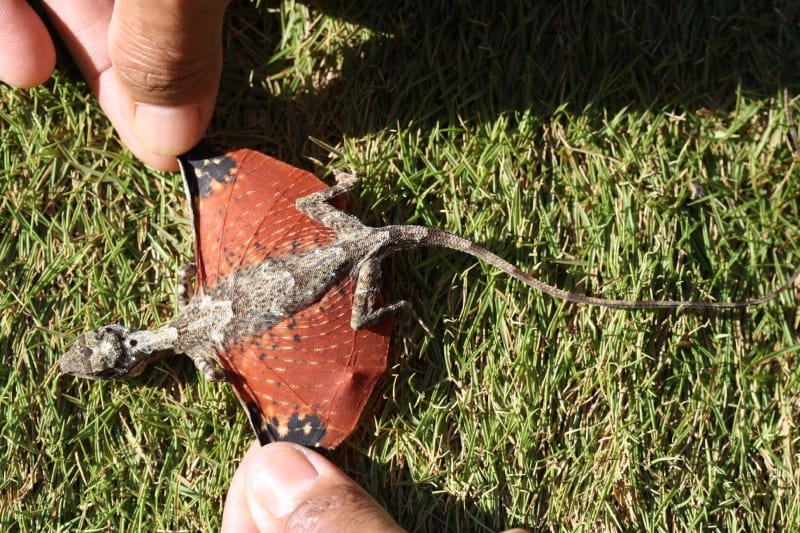
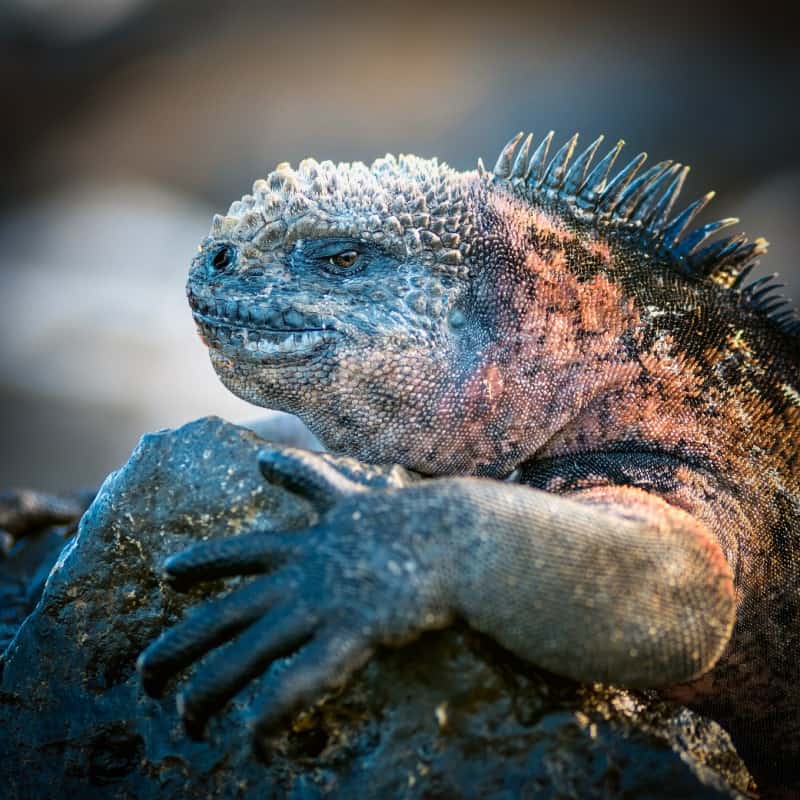
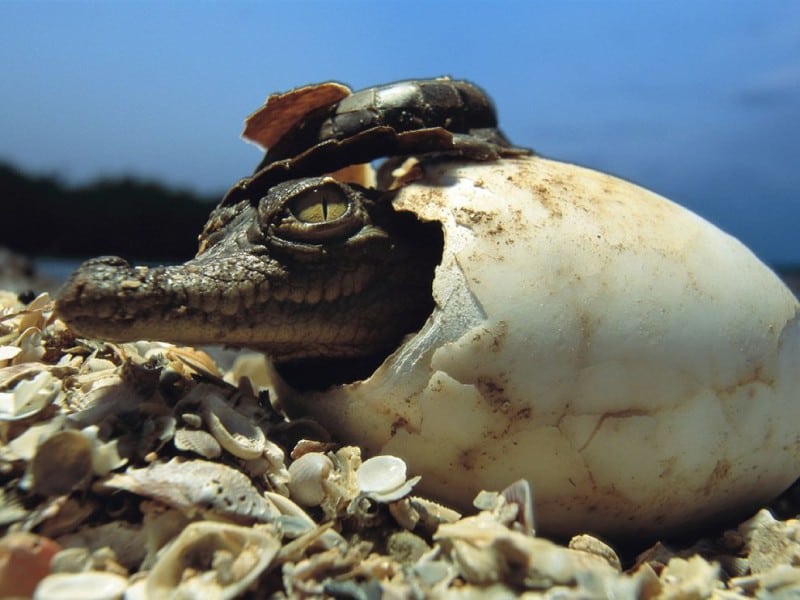
American Crocodile Physical Description
Like all crocodilians, the fascinating American Crocodile developed as a quadruped, with four short, splayed legs, and a long, powerful tail. This majestic work of Nature also possesses a thick, scaly hide with rows of ossified scutes running down its back and tail.
The snout of the impressive reptile also grows highly elongated, like its brethren. This also includes a remarkably strong pair of jaws. The eyes further develop covered by nictitating membranes for protection, along with lachrymal glands, which produce tears.
The nostrils, eyes, and ears grow situated on the top of its head, so the rest of the body can be concealed underwater for surprise attacks. As a larger species of crocodile, some males reach lengths of as much as 20 ft (6.1 m) and weigh in excess of 2,000 lbs (907 kg).
On average, mature males of the American Crocodile remain more in the range of 13 ft (4.1 m) in length and weigh about 880 lbs (400 kg). Like many animals, sexual dimorphism is present. As a result, females develop smaller, rarely exceeding 12 ft (3.8 m) in length.
- Kingdom: Animalia
- Phylum: Chordata
- Class: Reptilia
- Order: Crocodilia
- Family: Crocodylidae
- Genus: Crocodylus
- Species: C. acutus
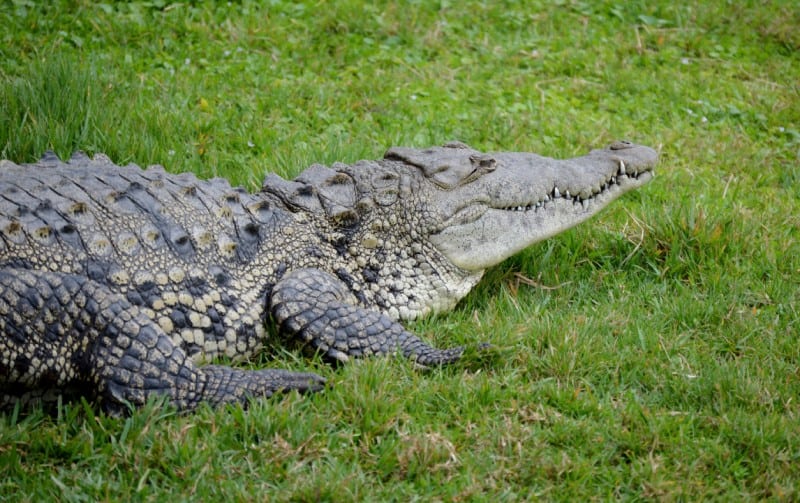
American Crocodile Habitat
As recently as 1970 experts determined that the population of the American Crocodile appeared to be highly threatened. Estimates placed its population at no more than 200 individuals. The habitat of the powerful crocodile consists largely of coastal areas.
Individuals most frequently make their home in river systems. They do, however, have a tendency to prefer some level of salinity in the water. This usually results in the species congregating in brackish lakes, coastal swamps, lagoons, even cays, and small islands.
Some other crocodiles also have this natural tolerance for salt water, due to salt glands underneath the tongue. The American Crocodile, though, remains the only known species other than the saltwater crocodile to commonly live and thrive in saltwater.
Like any other large species of crocodilian, the American Crocodile continues to be potentially dangerous to humans. The reptile does not, though, appear to be a very aggressive species. That holds true due to the fact that attacks on humans rarely occur.
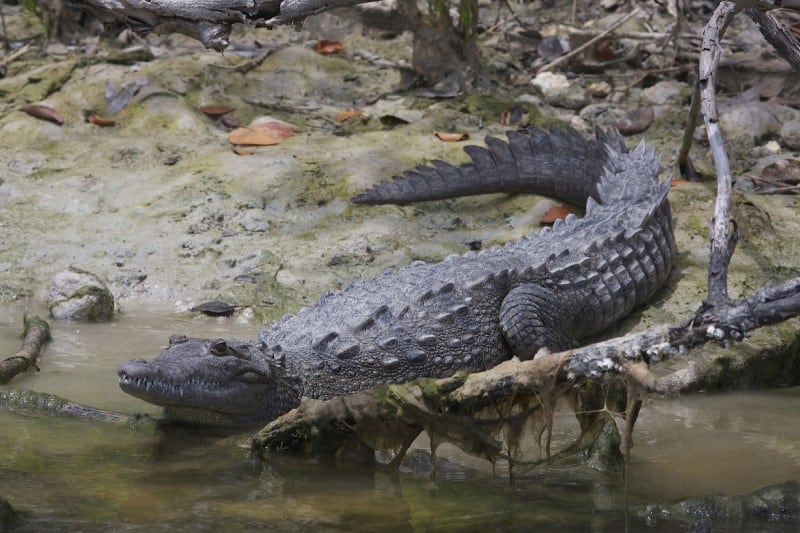
American Crocodile Distribution and Ecology
Populations of the American Crocodile occur across a realtively wide swathe of its region. Populations mainly exist along the Atlantic and Pacific coasts of southern Mexico. Some, however, appear to live as far away as Peru and Venezuela, in South America.
This amazing species remains most prevalent in the United States, in North America, however. The powerful reptile also occasionally occurs on many of the Caribbean islands. But it presently remains unclear if this forms part of its natural range, or an aberration.
The well-known reptile also constitutes one of the larger known crocodile species. This species also has a more V-shaped snout compared to other large crocodiles that usually have a slightly wider snout. But the evolutionary reason for this is still unknown.
Despite its large size, this incredible reptile does not commonly prey upon large animals. In this, it differs from the majority of its relatives. Fish, reptiles, birds and small mammals appear make up the majority of the diet of most individual specimens.
Exceptions to this do nevertheless occur, as is often the case. That’s because, on occasion, large mammals such as deer and domestic animals do get taken. The dietary habits of the American Crocodile in coastal regions remain poorly studied, at least for now.
Species Sharing Its Range
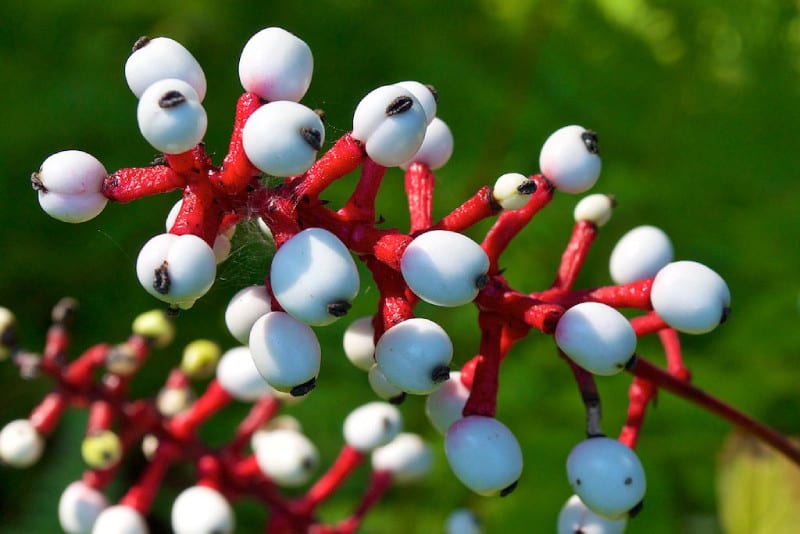
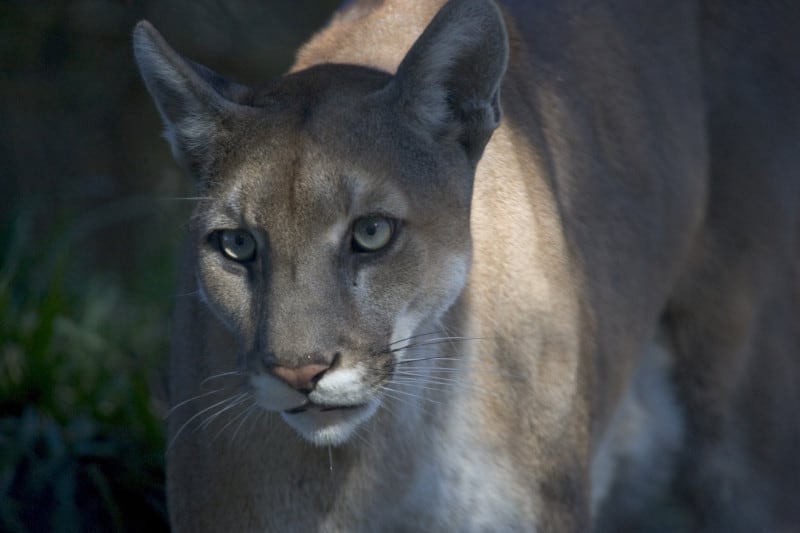
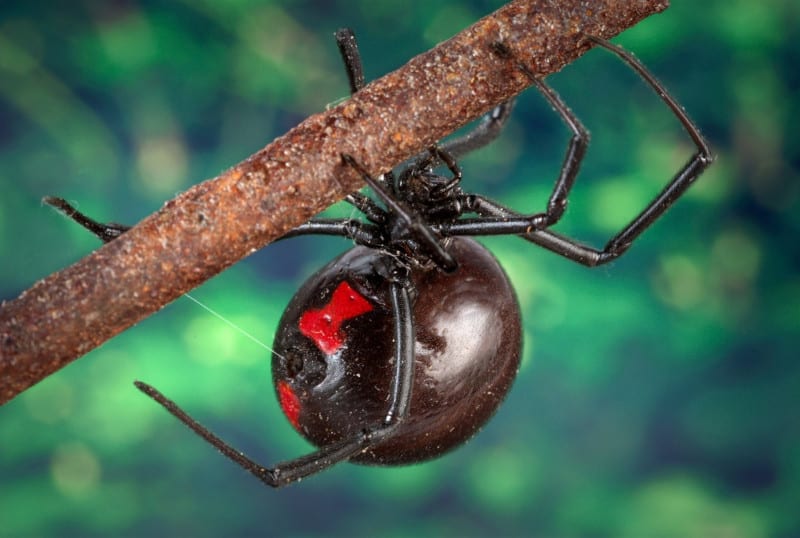
Check out our other articles on Earth’s Many Stunning Waterfalls, Spotted Handfish, Linville Falls, Himalayan Blue Poppy, Yosemite Cave Pseudoscorpion, Vietnamese Mossy Frog









Leave a Reply